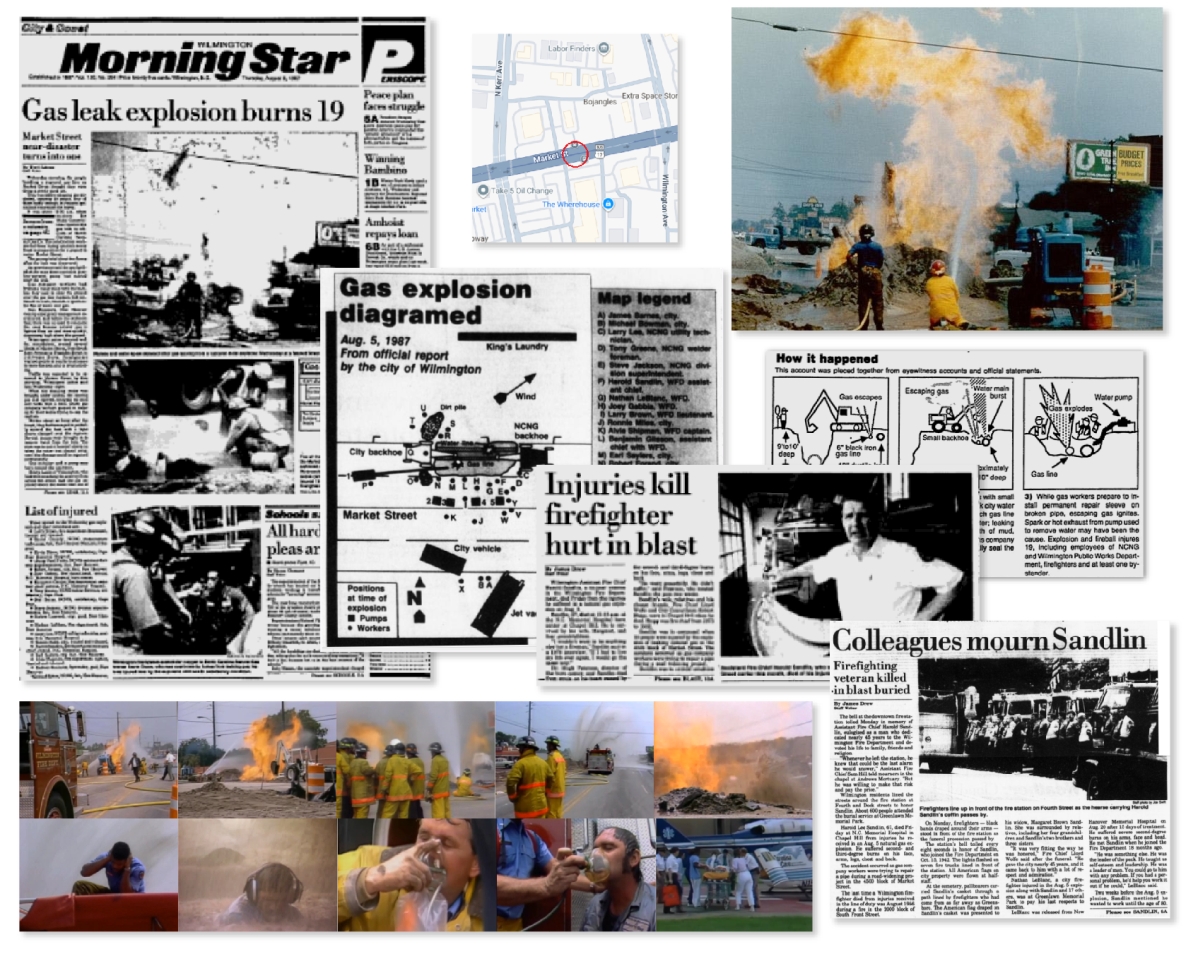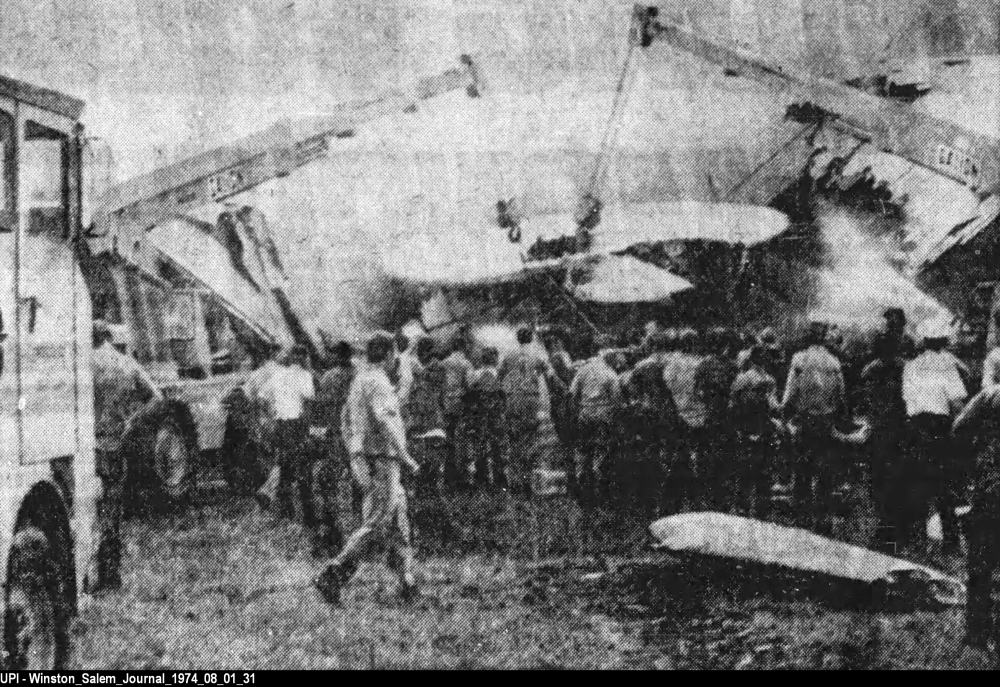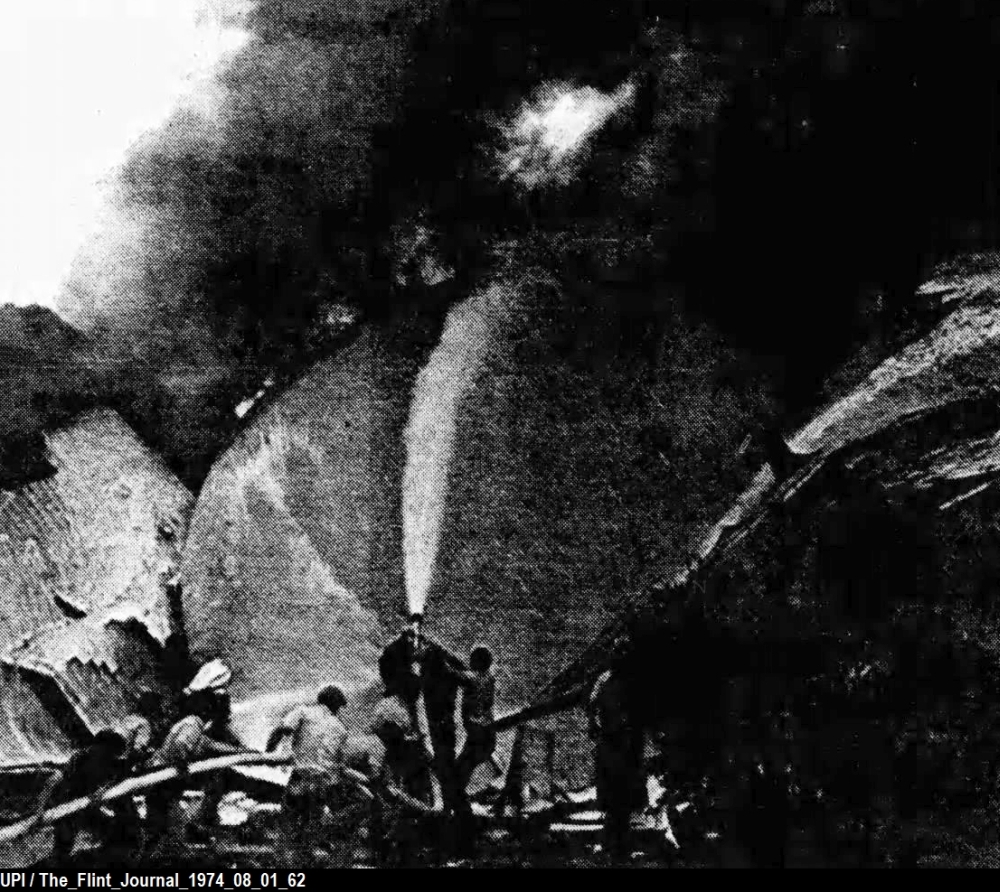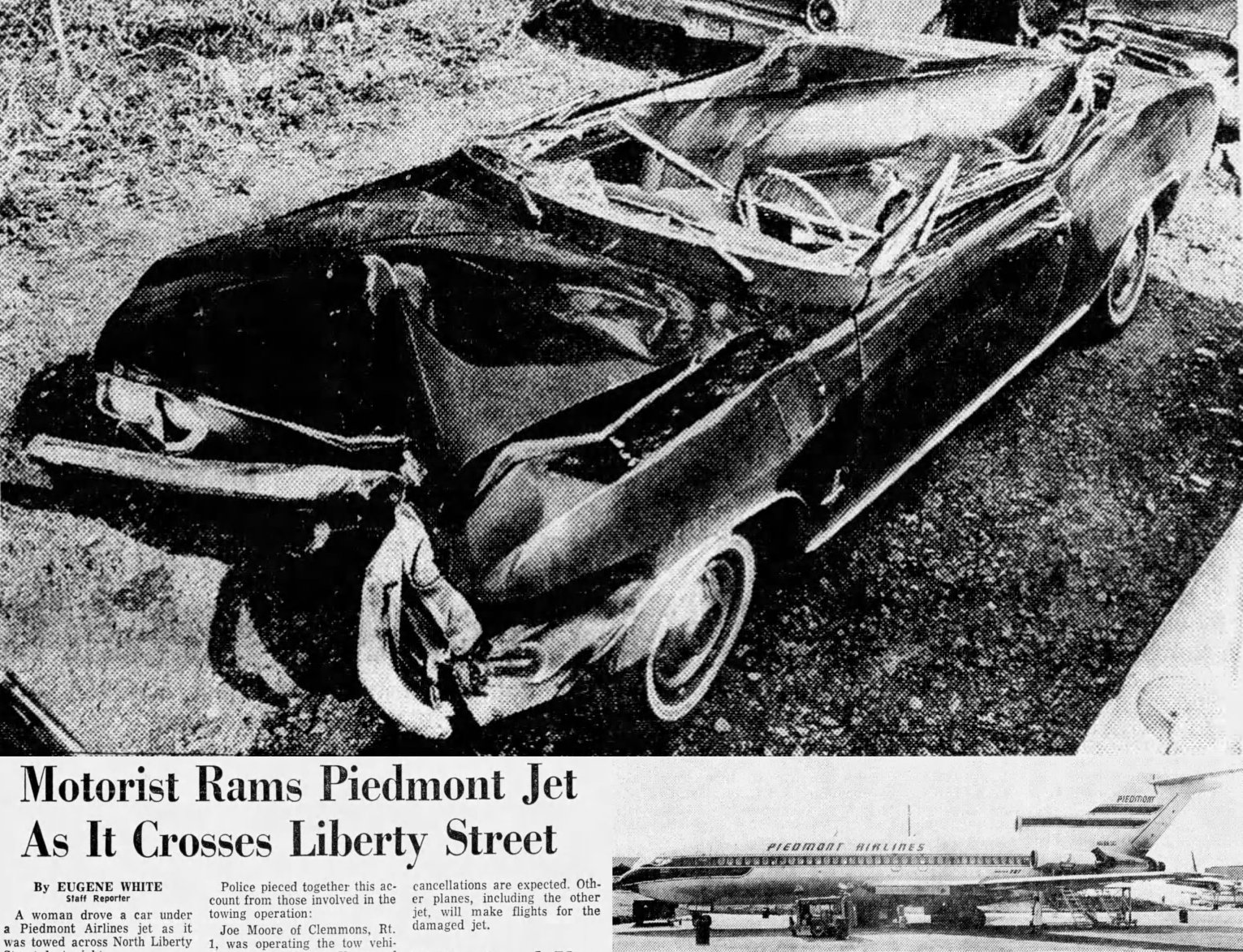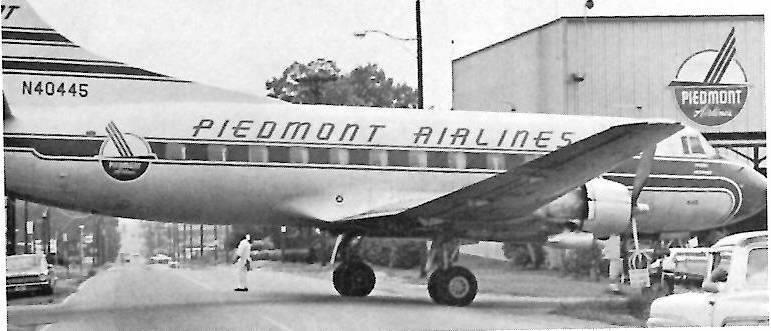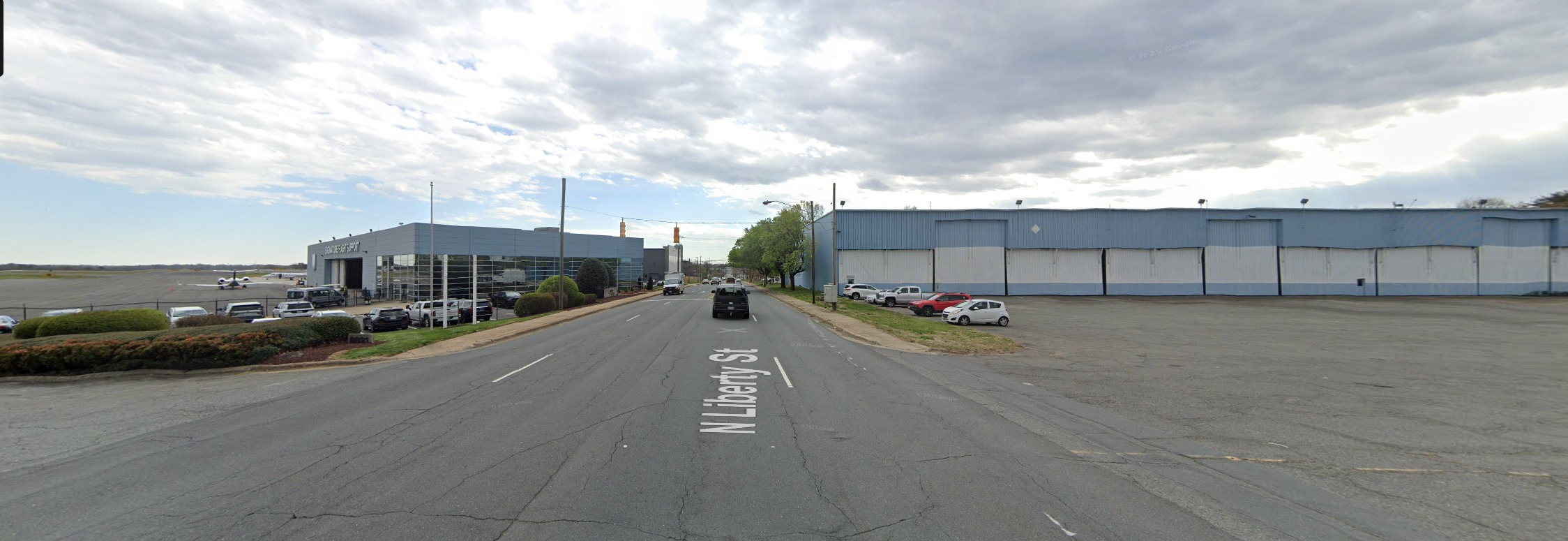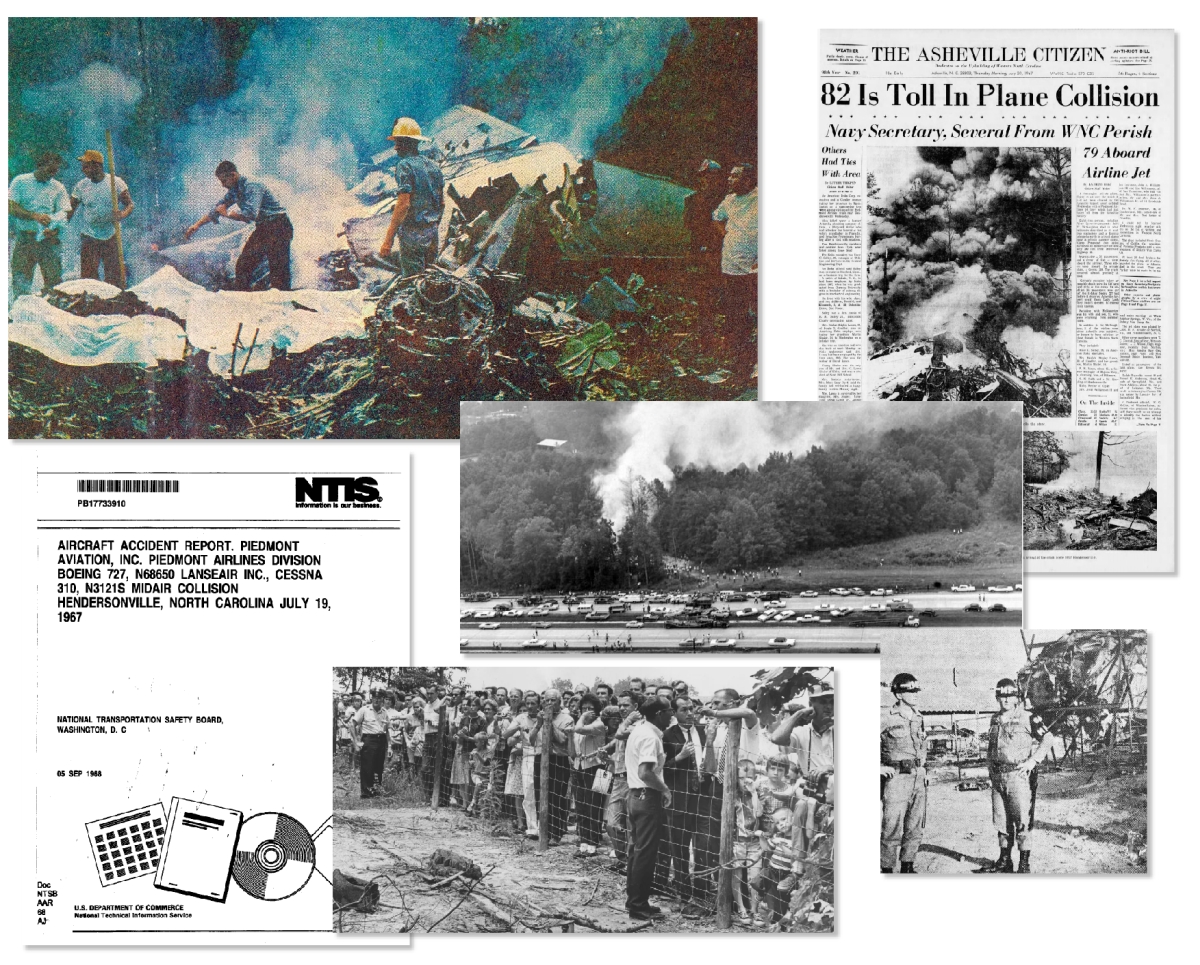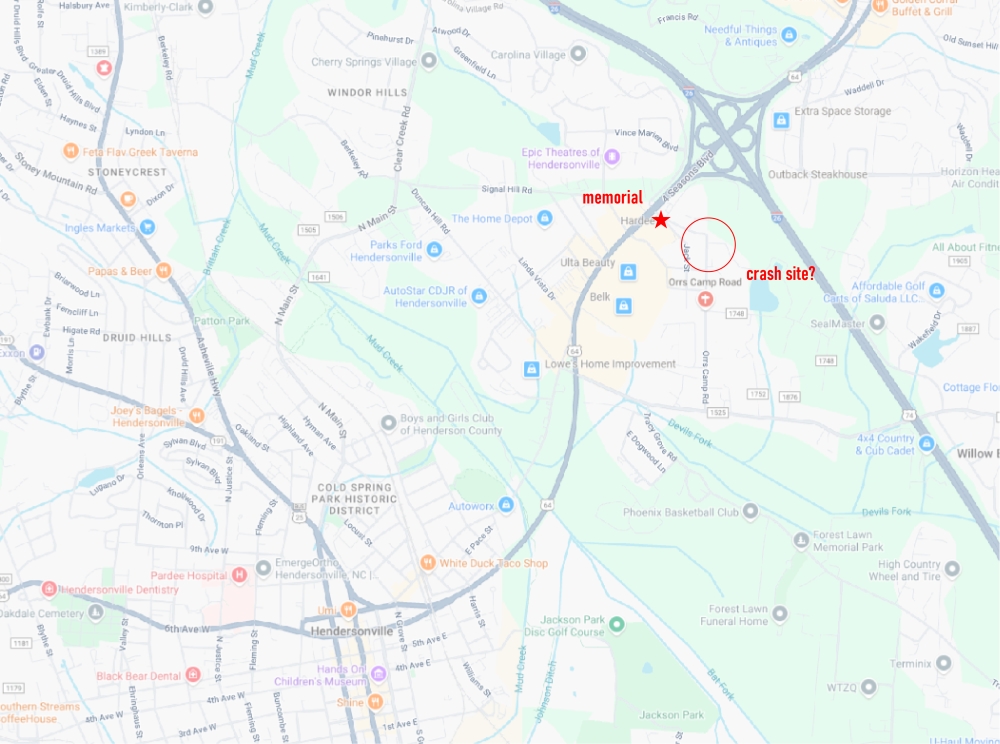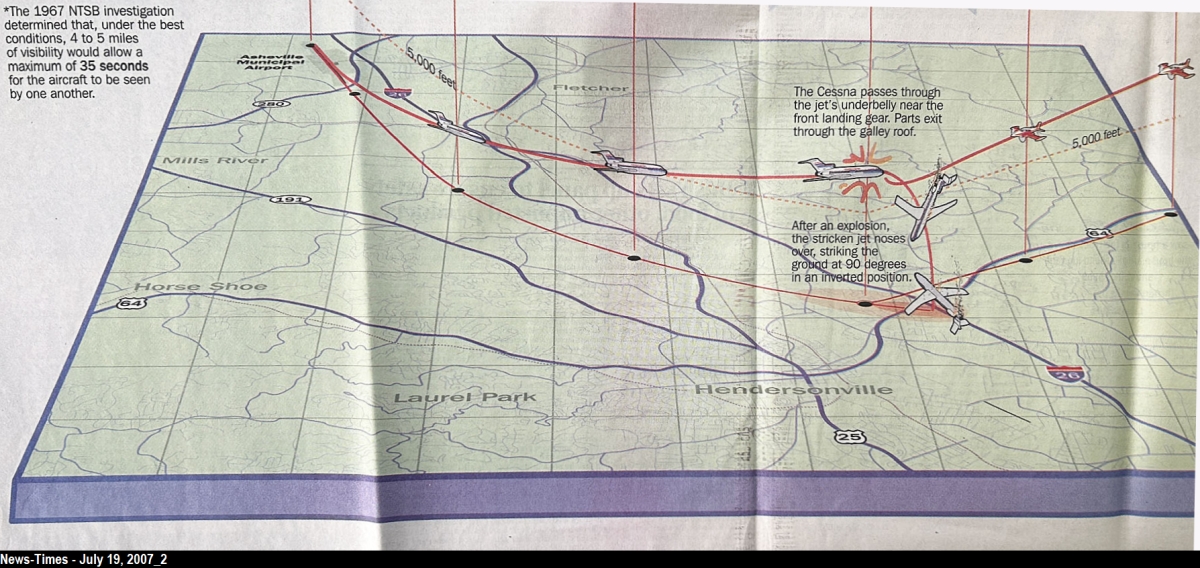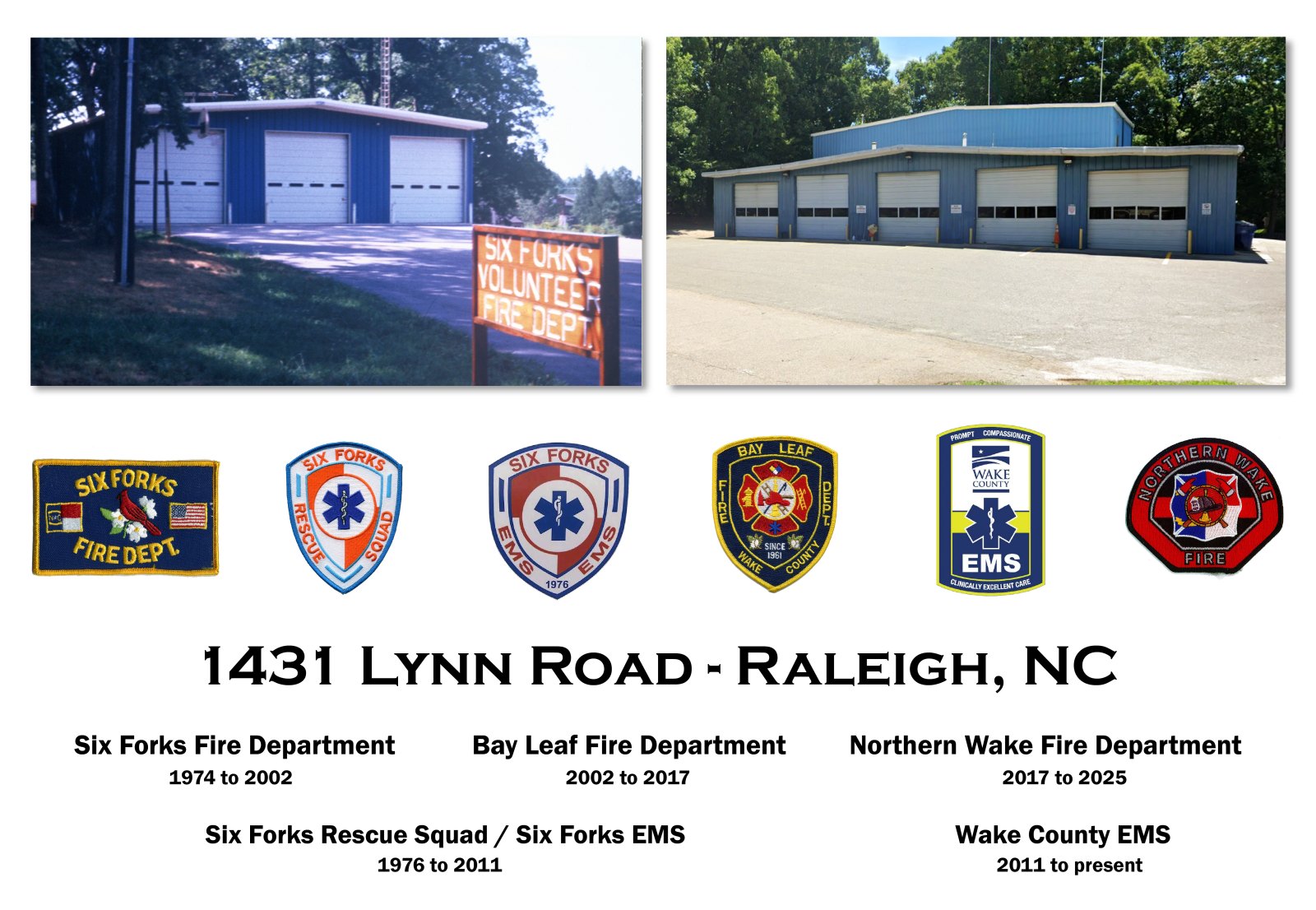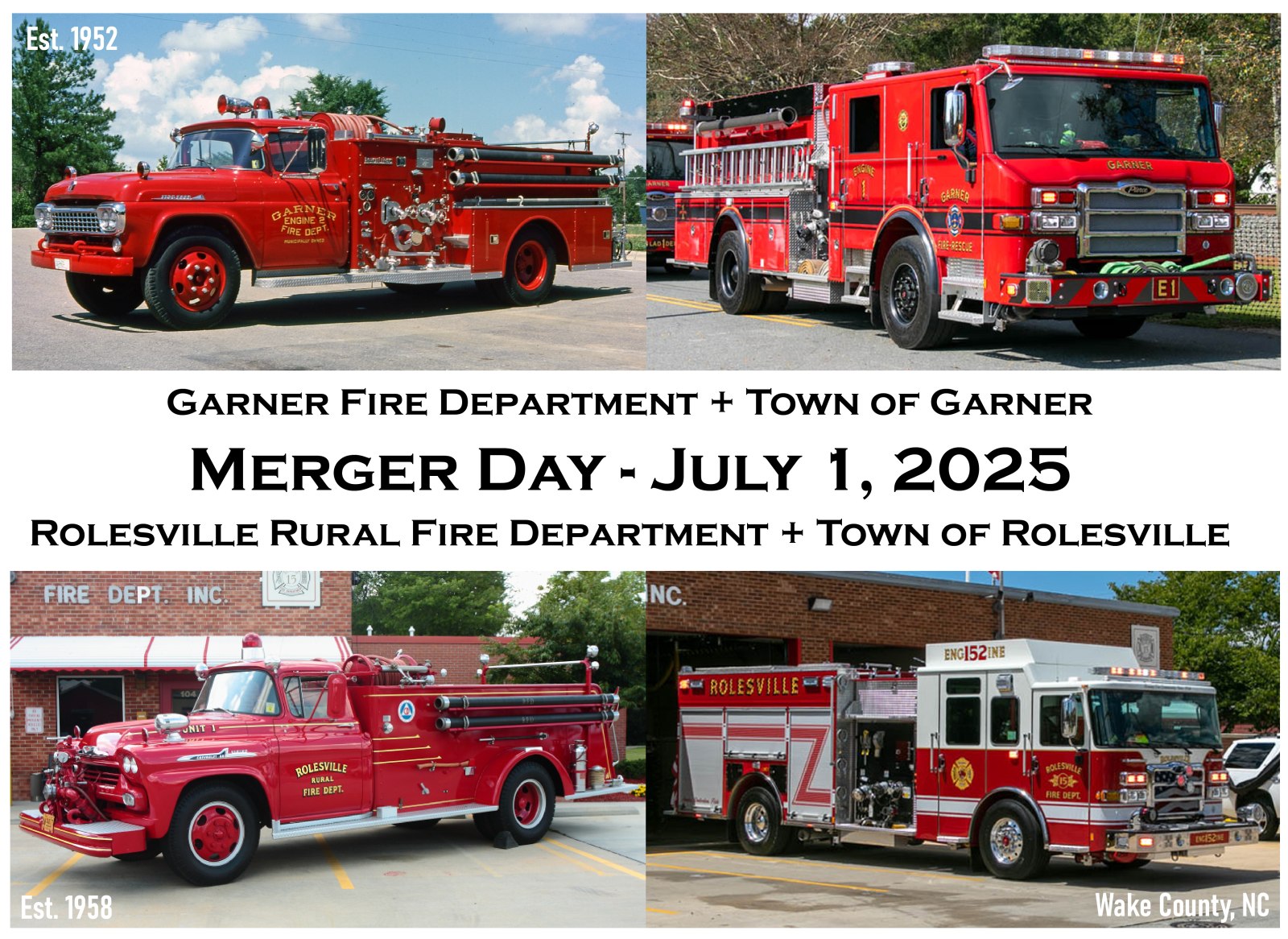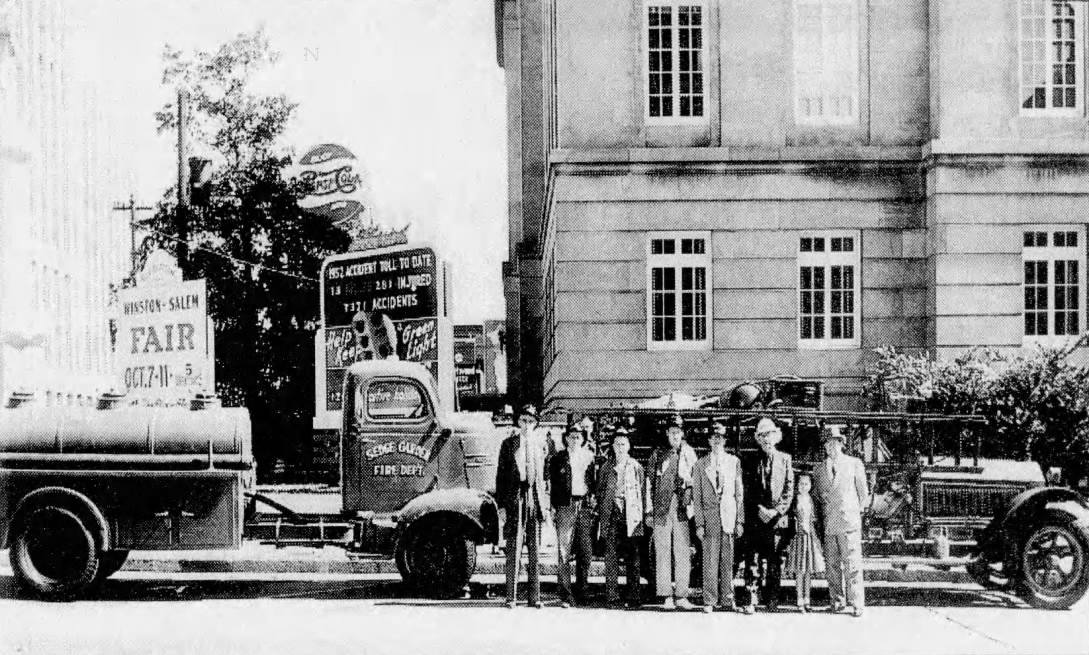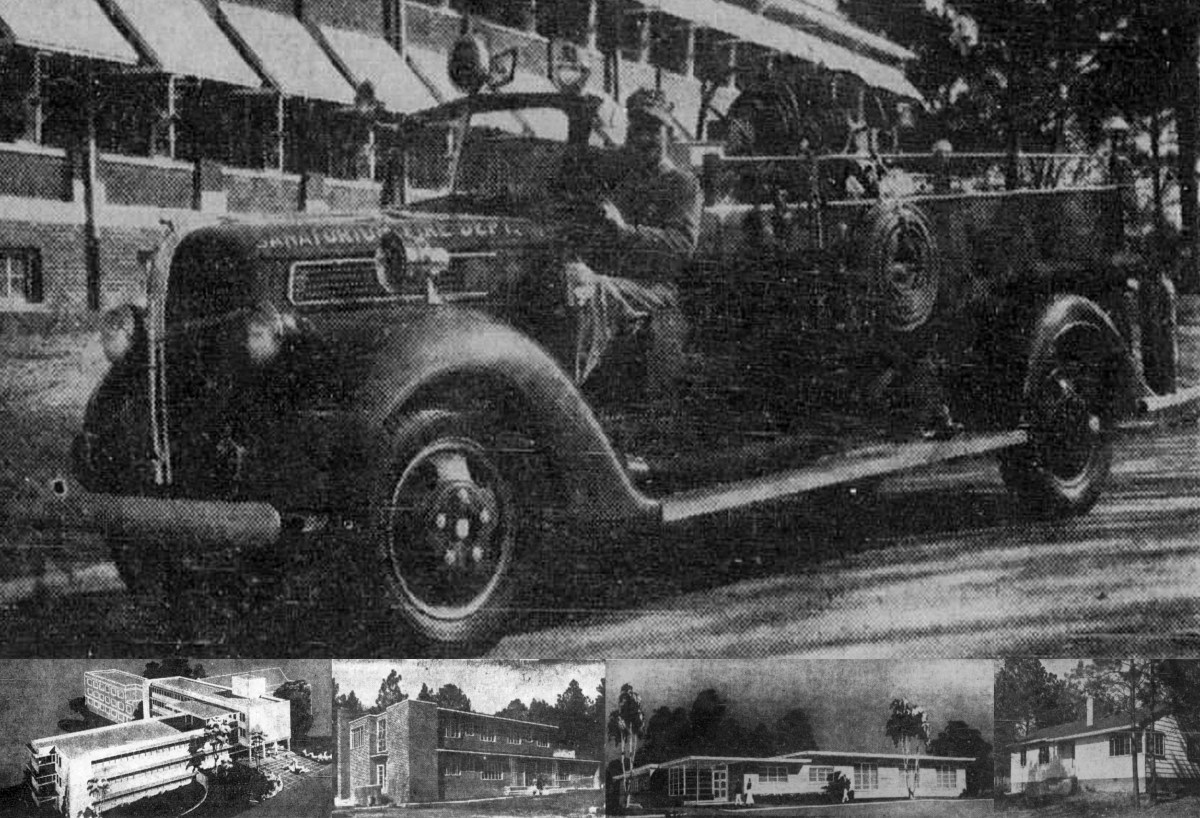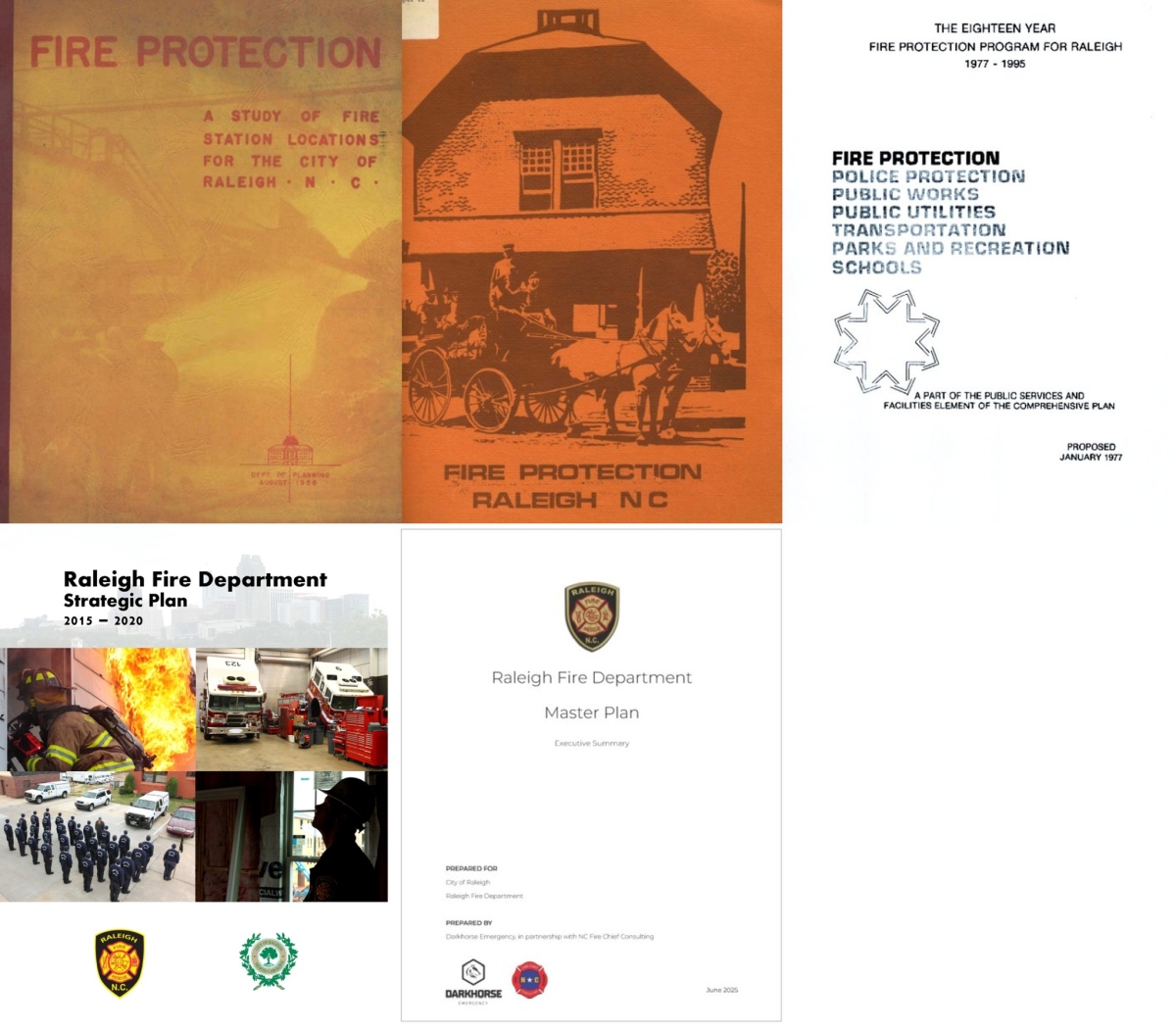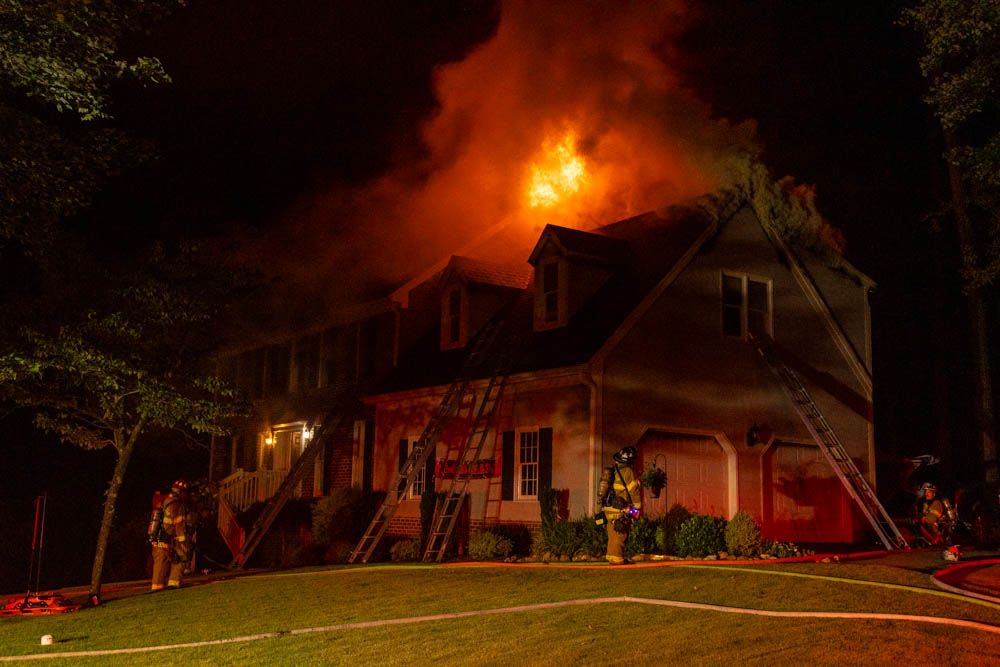Looking back at the natural gas explosion and flash fire in downtown Wilmington August 5, 1987.
Timeline
On August 5, 1987, Welco Construction and Utilities Company, based in Florence, SC, was excavating in the 4600 block of Market Street. They were installing sanitary sewer lines in preparation for a project to widen Market Street. The company was operating as a subcontractor for Dickerson Carolina Inc. in Castle Hayne, NC.
~11:15 a.m. – Workers moved a Hitachi UH 123 tracked backhoe across gas and water service lines located in front of King’s Laundromat at 4615 Market Street. The movement likely caused a leak the underground six-inch gas line, which carried approximately 60 pounds of pressure.
A worker detected the small of natural gas and also observed the roadway pavement raising up and dirt blowing from underneath. He informed others, including requesting a call to the gas company.
~11:20 a.m – Equipment and men were moved away from the leak site and work was stopped.
First Engine Dispatched at 11:31 a.m. Continue reading ‘Wilmington Natural Gas Explosion and Fire – August 5, 1987’ »
